Date/Time
Date(s) – 03/17/2019
11:00 am – 5:00 pm
Location
NYMS Headquarters
Category(ies)
—
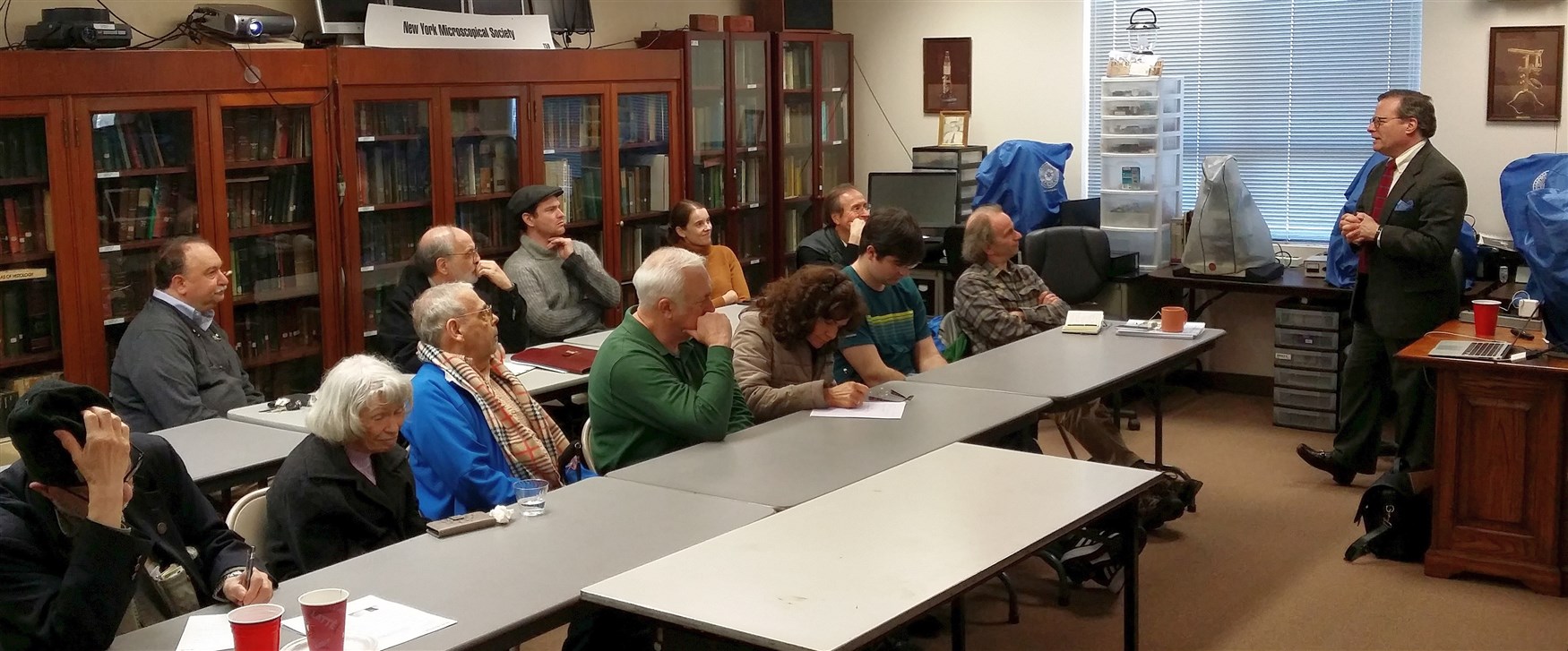
—
Photographer-scholar Howard Radzyner guided a room full of NYMS members and interested public on a detailed excursion through the life and work of NYMS’ illustrious past member Roman Vishniac in Russia and in the United States, retracing an account Radzyner researched and integrated in collaboration with Norman Barker (see article link, and author biographical sketches below). After revealing glimpses of Vishniac’s perhaps most currently known contributions documenting social history, Radzyner opened a panoramic view into Vishniac’s extended and tremendously productive career in scientific still and moving picture camerawork. Radzyner has entrusted a copy of his March 17 Powerpoint file to NYMS for study at our headquarters, with no copying or redistribution.
We strongly recommend reading Radzyner and Barker’s recent article “Illuminating Roman Vishniac,” and if possible studying the March 17 Radzyner Powerpoint at NYMS’ Clifton NJ NYMS headquarters.
—
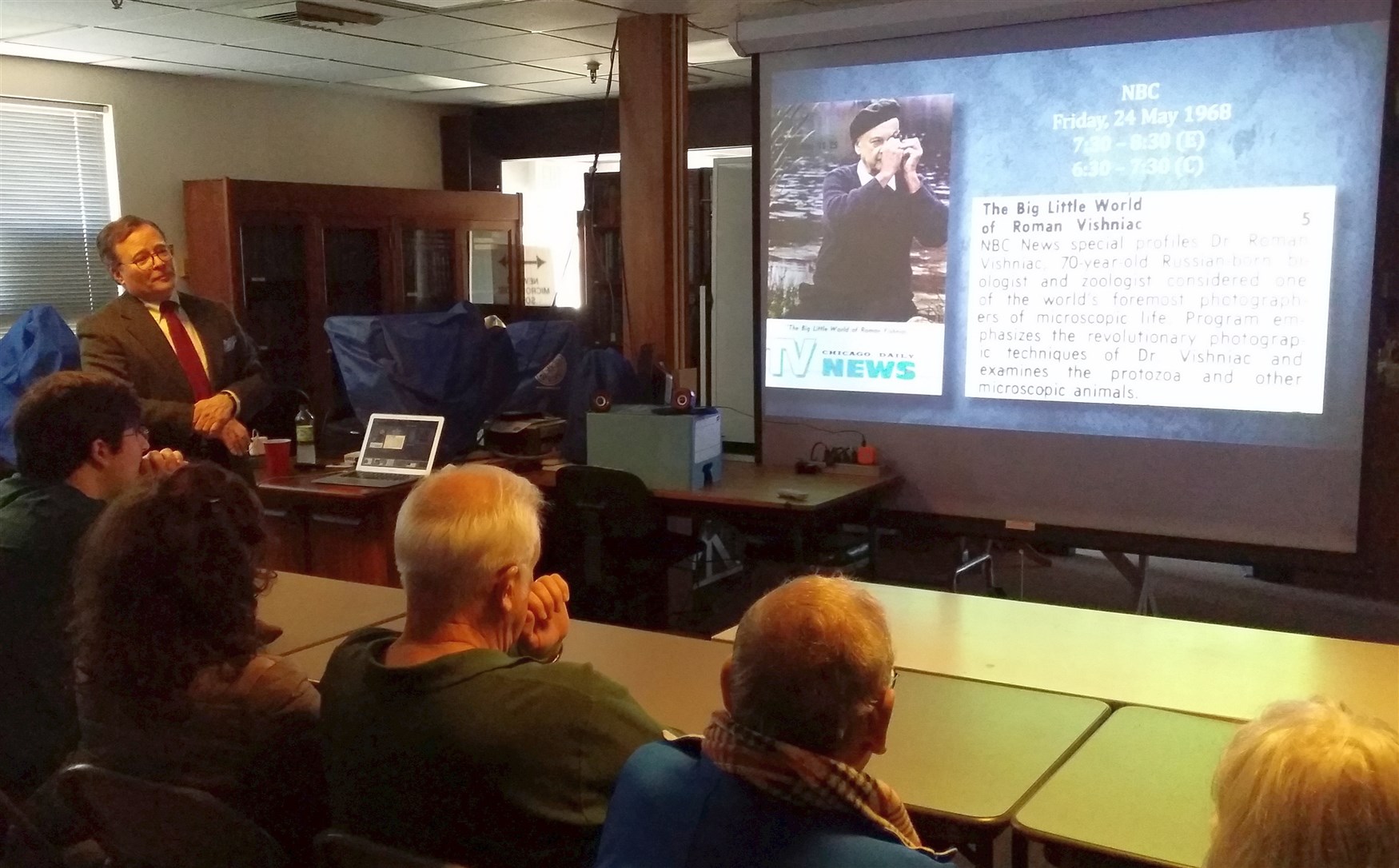
—

—-
PRE-EVENT ANNOUNCEMENT:
Free and open to the public. Lecture at 2:00, doors open 11 AM – 5:00 PM — see endnotes below.
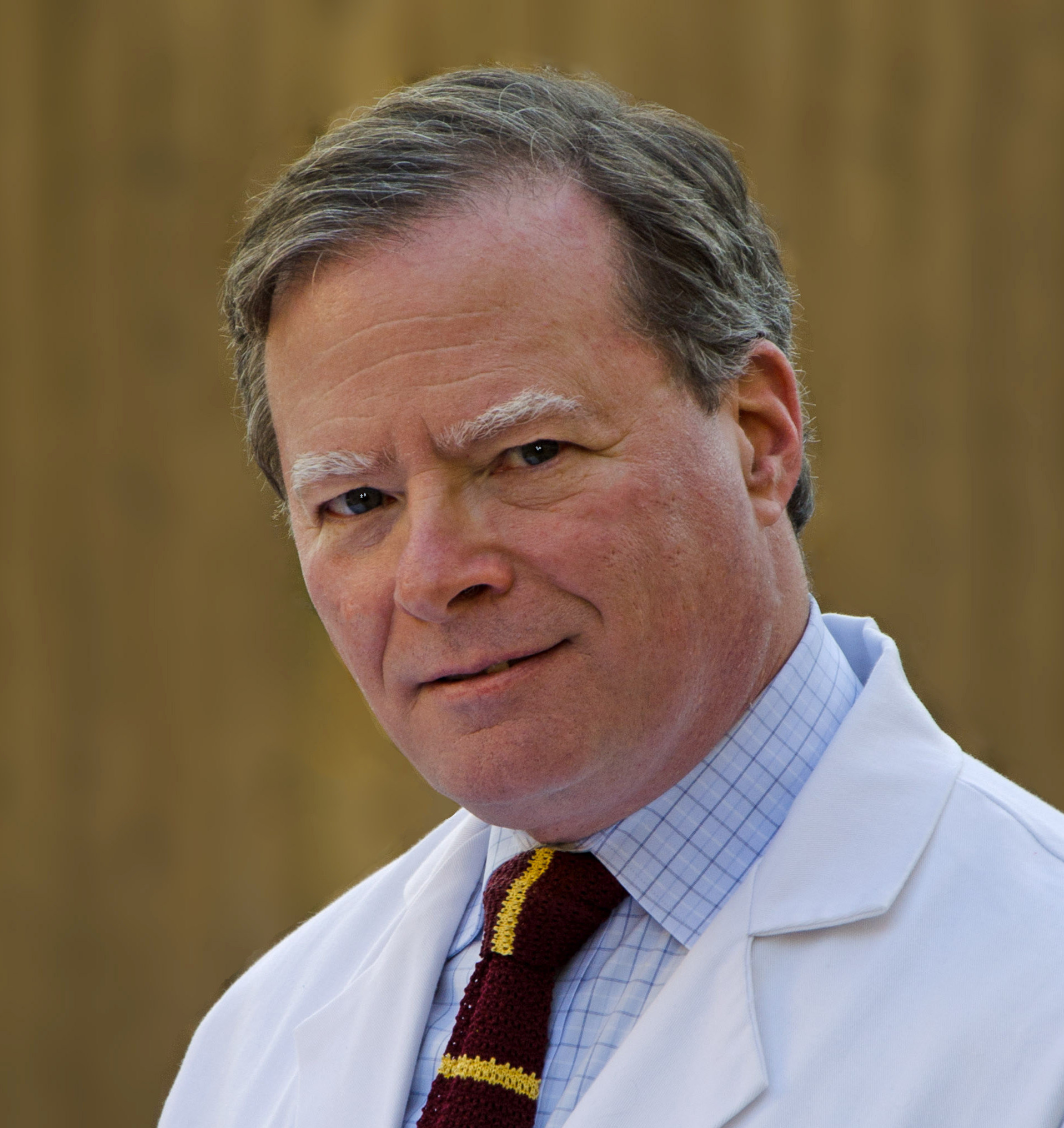
Microscopes, Microorganisms, Animals and More: The Biological Photography of Roman Vishniac
2:00 PM
Roman Vishniac — long-time NYMS member, Fellow and workshops instructor— made a 50+ year career in biological photography.
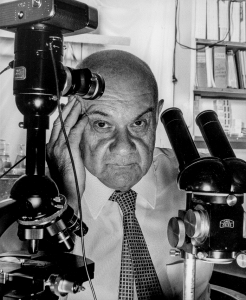
Vishniac is renowned world-wide for his distinctly modern photographic style in his most familiar images documenting pre-Holocaust European Jewish populations. Despite significant contemporaneous recognition, Vishniac’s lifelong and more prolific activities imaging formerly unseen and unknown aspects of the biological world for scientific and photographic communities and in mainstream media, is relatively unknown today.
On March 17 in NYMS’ Clifton, NJ headquarters, our featured presentation— the result of over two years of research by Howard J. Radzyner and Norman Barker at over a dozen institutions especially in the Roman Vishniac Archive at the International Center of Photography in NYC — will illuminate Vishniac’s phenomenal scientific work.
Roman Vishniac’s work in biological photography began well before his 1941 arrival in the US and continued until shortly before his death in 1990. He created an enormous, varied and largely unexamined collection [examples slideshow] of exciting and illuminating photographic and cinematographic images of life.

As early as 1943 Vishniac (in collaboration with Fritz Goro) contributed to a major article in LIFE magazine about crop damage caused by insects.
From zoo animals to the tiniest of microorganisms, from time-lapse studies of vascular physiology, from spreads in many popular magazine to advertisements for an insect sting analgesic or a national TV commercial for paper cups, from polarized light microscopy and in vitro cinephotomicrography to the writing and illustrating of instructional articles on microscopy; Vishniac’s ability to create images — almost exclusively of living subjects — was sought after by scientific researchers, movie producers, news organizations and commercial entities. Vishniac’s magnum opus, funded by the National Science Foundation with an amount equivalent to over $2,000,000 in 2017 dollars, was a series of films titled as The Living Biology Film Series [short excerpt]. Produced in the early 1960s, these films were used across the USA in high school and college-level biology classes.
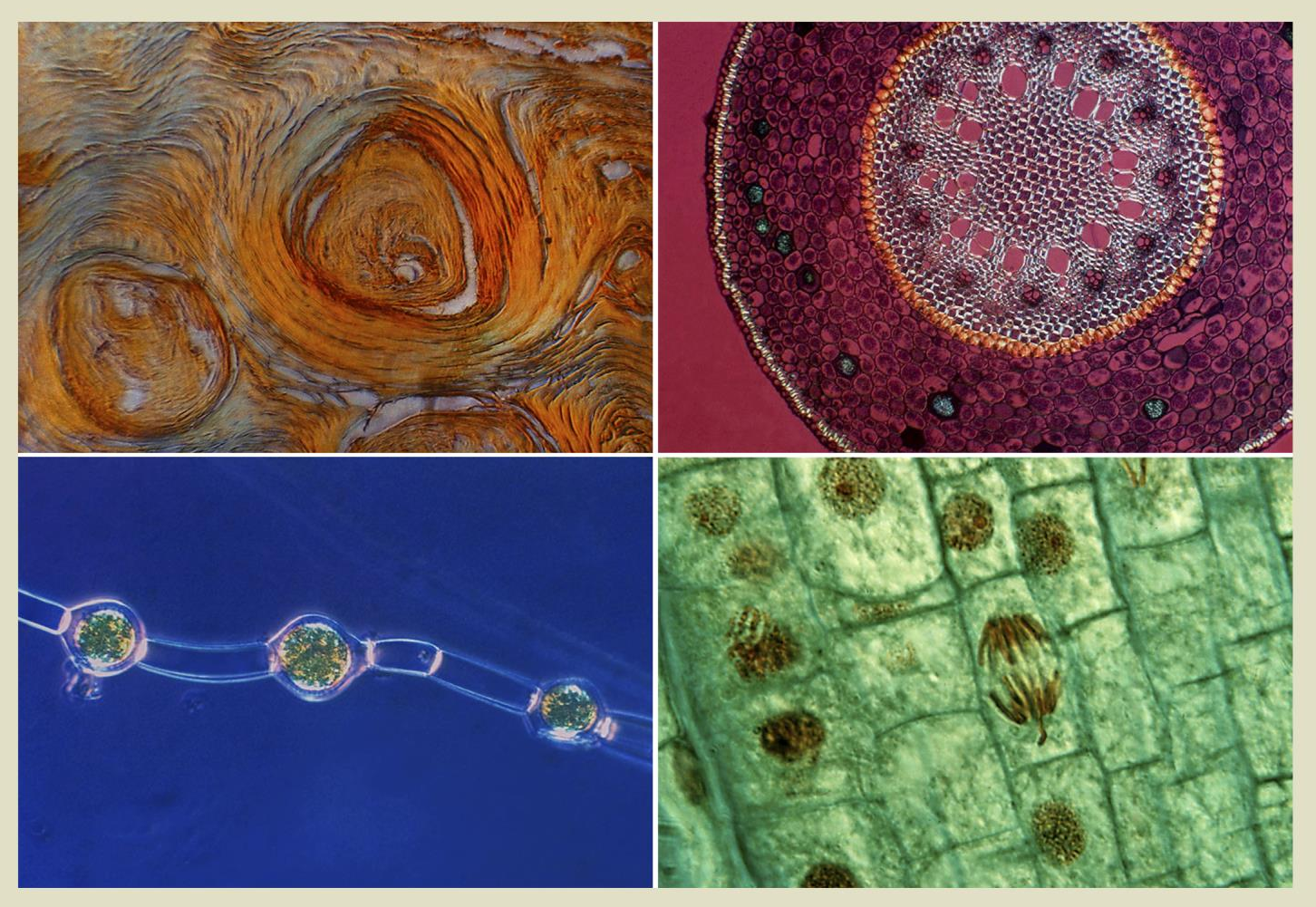
Vishniac’s body of scientific work, produced in an age before the technological advances in imaging that we all now enjoy, and later eclipsed by his own earlier images, was regarded as the finest and most imaginative of its time.
Radzyner’s and Baker’s investigations, and their profusely illustrated lectures and articles are meant to better balance the prominence of Vishniac’s documentary vs. his scientific works, and to clarify why Vishniac’s contributions to science have largely been forgotten.
About the collaborating researchers-authors:
Howard J. Radzyner, BS, RBP, FBCA, our scheduled presenter, is Principal of Radzyner, et. al. in New York where he provides a variety of photographic, communications, production and consultancy services to clients in the worlds of medicine, science, law and art. Howard’s photographs have been published papers in journals such as Science, Cell and the New England Journal of Medicine, have illustrated numerous papers, books, and presentations, have supported submissions for drug and device approval before federal agencies, and have provided evidence in civil and criminal proceedings. hradzyner@radzyner.com
Norman Barker, MA, MS, RBP, FBCA, FRPS is Director of the Pathology Photography and Graphics Laboratory as well as Professor of Pathology and Professor of Art as Applied to Medicine at the Johns Hopkins University School of Medicine. Norman specializes in photomacrography, photomicrography and natural science photography. The author and photographer of four books; Norman’s work is held in the collections of over 40 museums including the Smithsonian Institution, George Eastman House and the American Museum of Natural History. nbarkerj@jhmi.edu
Free and open to the public.
Lecture begins at 2:00, doors open 11 AM – 5:00 PM
Light refreshments provided.
Before and after the lecture at every meeting: ask for help to use NYMS’ research grade microscopes, and/or Library! Special interest? Contact John Scott or Mel Pollinger, via email.
66 Mt Prospect Avenue, Clifton, NJ, is accessible from NYC and surrounding region via NJ Transit trains and buses, as well as via automobile.
Parking is free.
